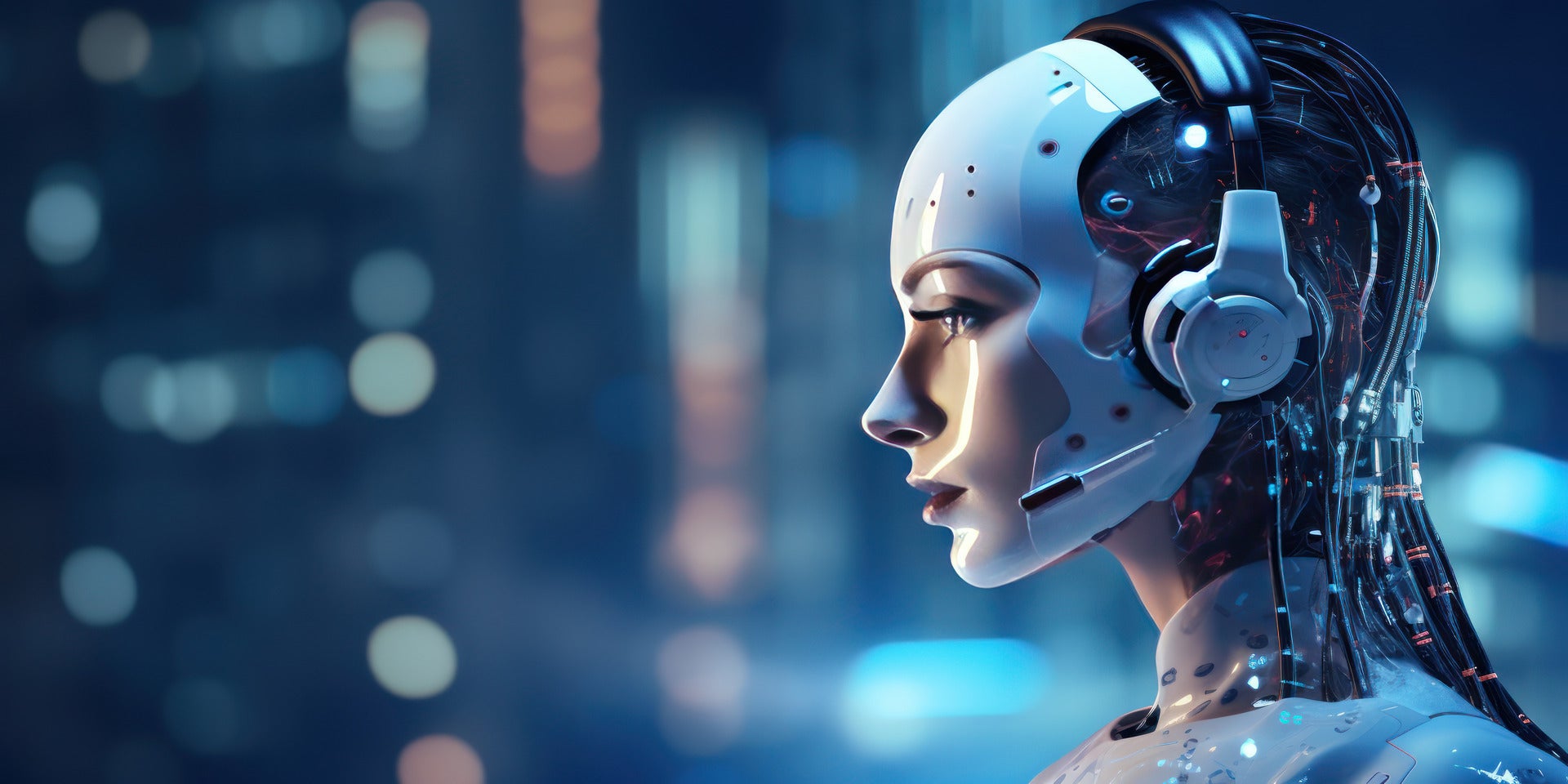In recent years, artificial intelligence (AI) has made remarkable strides in various fields, and one of the most exciting advancements is the development of AI picture generator. These powerful tools use machine learning algorithms to create stunning images, opening new doors for artists, designers, and content creators. From generating realistic human faces to crafting surreal landscapes, AI-powered image generators are reshaping the world of digital art and design.
How AI Picture Generators Work
AI picture generators operate using deep learning models, particularly Generative Adversarial Networks (GANs) and diffusion models. These models are trained on massive datasets of images, learning patterns, styles, and textures. When given a prompt or input, the AI synthesizes new images based on learned characteristics, often producing highly detailed and lifelike visuals.
Some of the most popular AI image-generation tools include:
- DALL·E – Developed by OpenAI, this model can create unique images based on text prompts, enabling users to visualize even the most abstract ideas.
- MidJourney – Known for its artistic and stylized creations, MidJourney is popular among digital artists.
- Stable Diffusion – An open-source AI model that allows users to generate high-quality images with customizable parameters.
Applications of AI Picture Generators
The versatility of AI picture generators extends across numerous industries, including:
1. Digital Art and Design
AI-generated art has become a phenomenon, with artists using these tools to create unique pieces, explore new styles, and even sell AI-generated artwork. Some artists blend AI-generated visuals with traditional techniques to push the boundaries of creativity.
2. Marketing and Advertising
Businesses are leveraging AI image generators to create eye-catching visuals for campaigns, product advertisements, and social media content. AI can generate custom imagery tailored to branding needs, reducing dependency on stock photos.
3. Game Development and Animation
Game developers and animators use AI-generated images for concept art, character design, and environment creation, significantly speeding up the creative process.
4. Fashion and Interior Design
AI is revolutionizing fashion by generating clothing designs and patterns. Similarly, interior designers use AI-generated visuals to craft aesthetically pleasing room layouts and decor ideas.
Ethical and Creative Considerations
While AI picture generators offer immense potential, they also raise important ethical and artistic concerns:
- Intellectual Property – Questions arise about the ownership of AI-generated images, especially if the AI is trained on existing artworks.
- Bias and Fairness – AI models may reflect biases present in their training data, leading to concerns about representation and fairness.
- Impact on Traditional Artists – Some fear that AI-generated art could diminish the value of human-created work, though others see it as a collaborative tool rather than a replacement.
The Future of AI in Digital Creativity
As AI technology evolves, AI picture generators will continue to become more sophisticated, offering greater creative control and higher-quality outputs. Artists, designers, and businesses alike can harness these tools to unlock new possibilities in visual storytelling and digital innovation.


